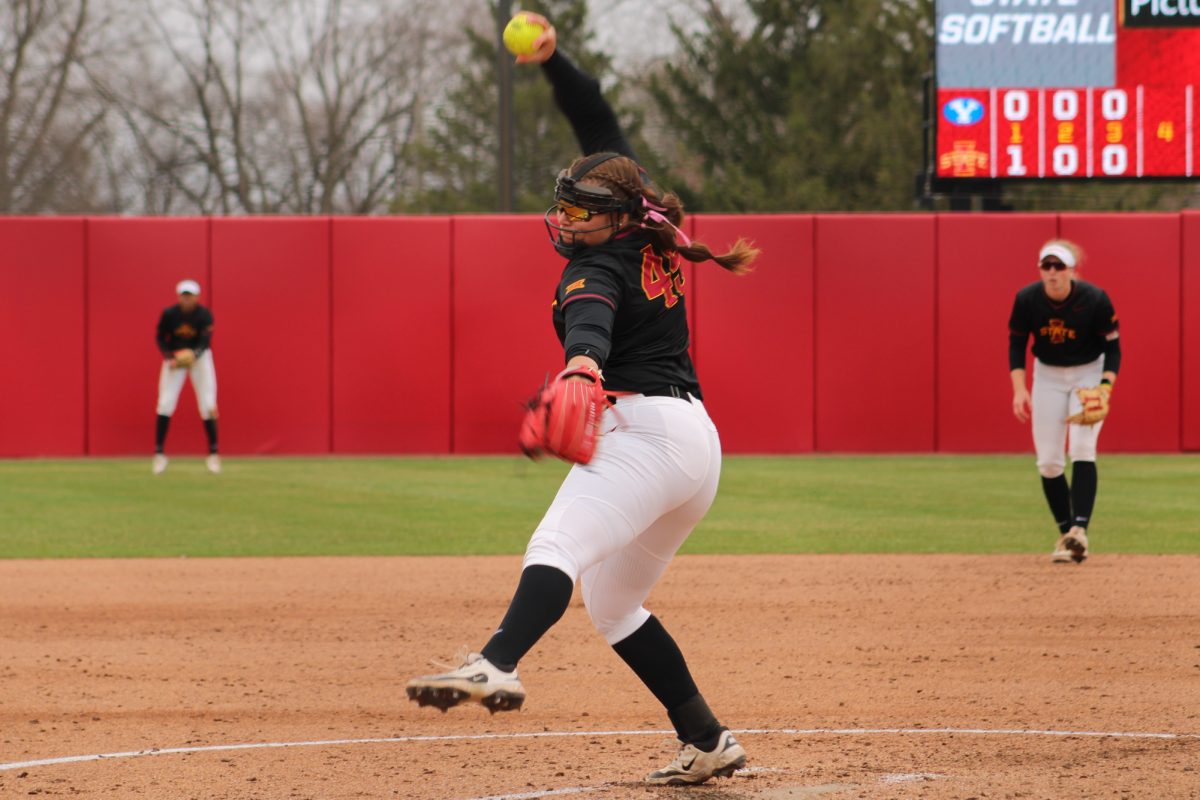Crime suspects seen as guilty before trial
September 17, 1997
Many of us have a negative view of a crime suspect.
Without realizing it, we may associate that person in our minds as being guilty or innocent long before a trial.
Being labeled a suspect, I imagine, is just as bad, if not worse, than being found guilty of a crime.
Someone who is usually guaranteed to be shunned by the public is an accused rapist.
Rape is a difficult crime to prove. However, 70 to 75 percent of the time the rapist is someone the victim knows.
That leaves 25 to 30 percent of rapes committed by strangers.
However, a small percentage of that range is the result of a false report or mistaken identity, as was the case with Kevin James Byrd.
Byrd is a 35-year-old carpenter from Houston, Texas, who spent 12 years in prison for a rape he says he didn’t commit.
He was released from prison last week after DNA tests indicated he was not the rapist.
As a result, the Texas board of pardons unanimously made a recommendation for Byrd to no longer serve his punishment. Judges and prosecutors also approved the pardon.
Everyone but the victim and Texas Gov. George W. Bush disagreed with the pardon, despite the forensic evidence. I suppose after 12 years it may be hard for anyone to reverse past rulings. However, the evidence was too clear to dispute in this case.
A similar case of mistaken identity occurred in Chicago last year.
Four men were sent to life in prison for a double homicide they said they didn’t commit.
They were released after 18 years, when three Northwestern University journalism students and their professor uncovered evidence that had been overlooked during the original trial. These new clues sparked DNA tests for the prisoners, which ultimately resulted in their freedom.
Similar cases of mistaken identity have been more publicized in more recent years.
Richard Jewel was hounded by the FBI as a suspect for the Olympic Park bombing for several months until it failed to find any hard evidence against him.
Last year, Marshalltown woman Mary Weaver spent nearly two years in prison before a second trial determined her innocence in the death of a baby she had been watching.
Convicting the wrong person because of a lack of evidence or a bad memory happens more frequently than we probably realize.
Those whose convictions were reversed by new evidence were fortunate to have supporters outside prison walls who found new evidence too clear to ignore or dispute. And that doesn’t happen often.
But as long as our justice system allows the innocent to die, it isn’t working as a system which considers a person innocent until proven guilty.
Proving someone is guilty means different things to different people.
A prosecuting attorney once said the word of one eyewitness holds more weight than hard, circumstantial pieces of evidence against the defendant.
Juries tend to be influenced more by eyewitness testimony, even though memory is unpredictable.
However, no matter how much bad press a suspect gets, he or she is still innocent before a jury declares otherwise.
Such will be the case for the trial of Michael Runyan and Luke Abrams, which starts with jury selection next week at the Story County Courthouse.
Evidence stacked against them includes a jacket with a Fort Dodge address and the murder weapon — just two pieces of evidence police linked to the two suspects during this past spring’s investigation.
Many in the Iowa State community may have declared Runyan and Abrams guilty in the back of their minds.
However, in the eyes of the law, these two suspects are still innocent until proven guilty.
Shuva Rahim is a senior in journalism and mass communication and sociology from Davenport.






